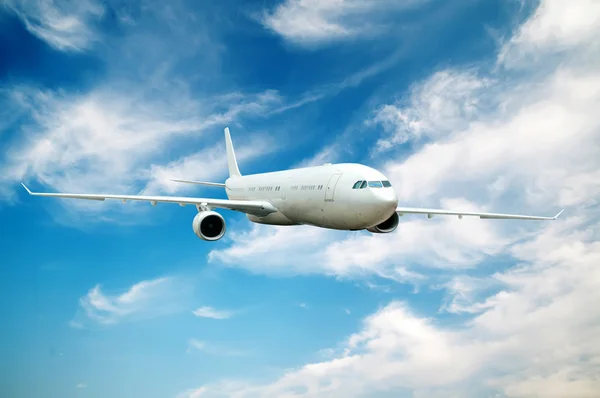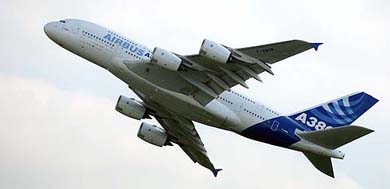

But I expect that this will add to the mass of the parachute system. This is possible with staggered deployment of several chutes with increasing size, and by sewing parts of the canopy and the parachute's strings together, so they can rip apart during opening, which slows the unfolding process. (See here for Eiband diagrams which give time- and direction-dependent limits for the maximum deceleration a human being can survive). If we want the parachute system to work in as many cases as possible, we need to make deployment possible at up to Mach 0.85, and then the maximum g-load on aircraft and passengers must not exceed 6 g.

This is most likely underestimating the true impact because I did not add the mass for structural reinforcements.

Adding the parachute will translate into 16% more flights, just to compensate for parachute mass. That is equivalent to 25 passengers, or 16% of the A-320's capacity. Scale this for the zero-fuel mass of an A-320 of 62,500 kg, and the mass will be approx. Wikipedia gives the mass of one SRB at 91,000 kg. The biggest parachutes designed so far were for the solid rocket boosters of the Shuttle, and paul gave their mass a 3 x 990 kg plus 550 kg for the drogue chute. Parachutes big enough to slow down a whole airliner will be very heavy, reducing payload and increasing the number of flights to transport the same number of passengers.As paul said here, most accidents happen at take-off and landing where a parachute cannot be successfully deployed. Parachutes will only help when something essential fails at sufficient altitude for parachute deployment.
#Big passenger planes full
The reason for not using full aircraft parachutes can be stitched together by looking at the many related questions.


 0 kommentar(er)
0 kommentar(er)
